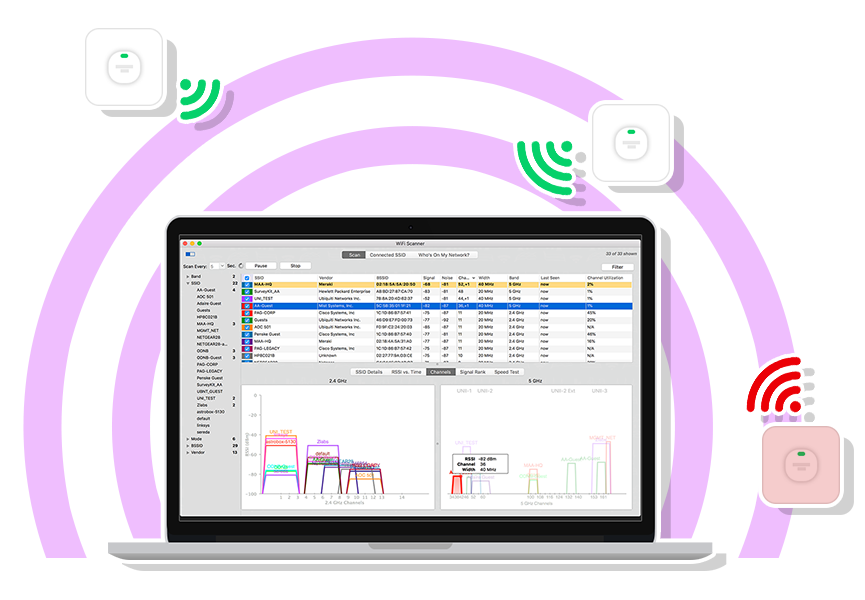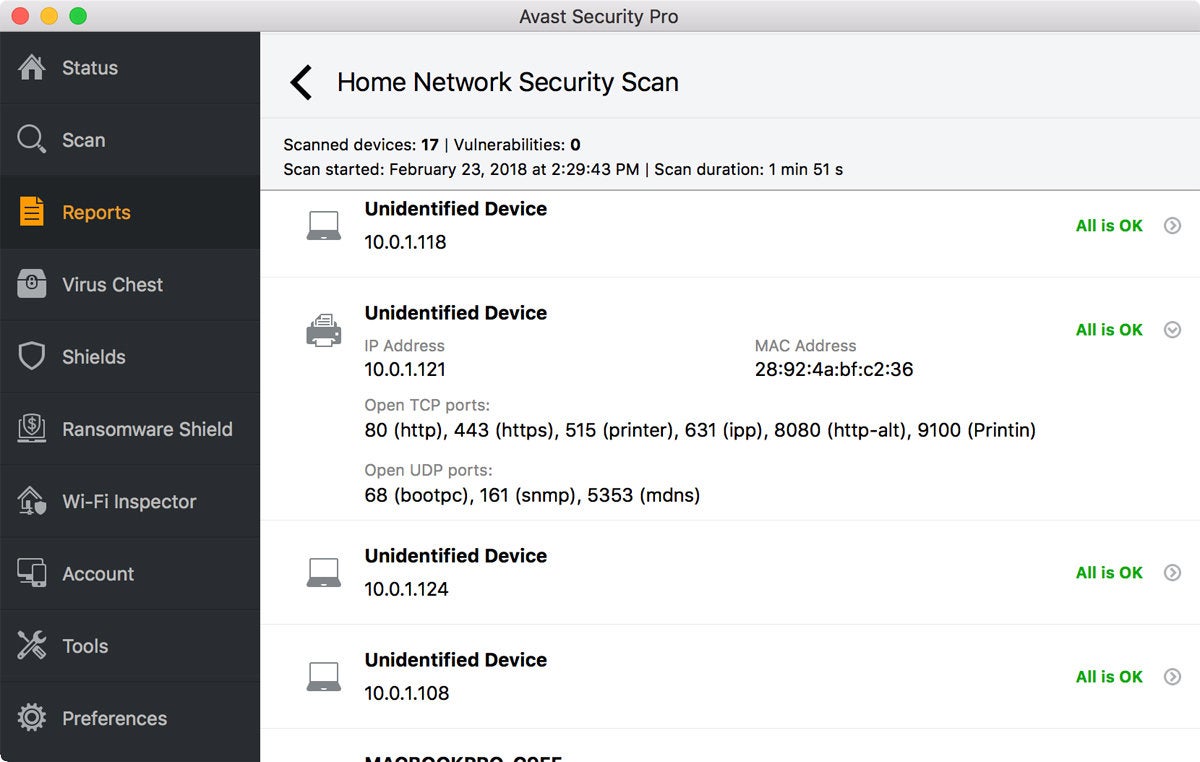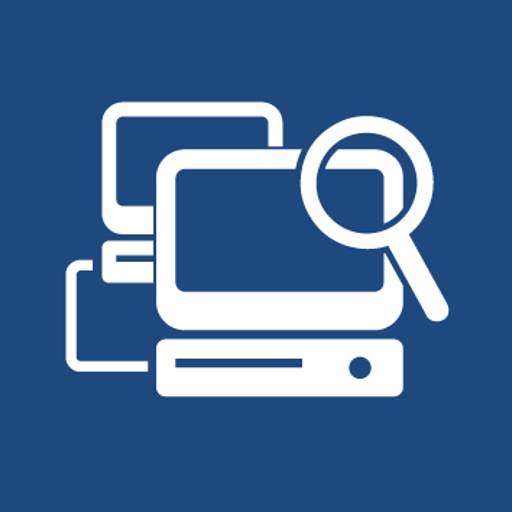
This includes hidden networks, which appear as "Network name unavailable." To stop the scan, tap Stop. AirPort Utility lists all the SSIDs that it finds.
Use the slider to set a scan duration of up to 60 seconds. By default, Wi-Fi Scanner runs continuously. Open the Airport Utility app, then tap Wi-Fi Scan. On your iPhone, iPad, or iPod touch, go to Settings, tap AirPort Utility, then turn on Wi-Fi Scanner. Administrators can use it to validate the client’s view of the network at a specific location.įor accurate results, use the Wi-Fi scanner on the same model of iPhone, iPad, or iPod touch that your users will have. The AirPort Utility app includes a Wi-Fi scanner that logs the device's view of the network. Note that 802.11 Management Frames and Control Frames don't count as data. If the call ends and the device stops sending or receiving data, the device searches for BSSIDs that have an RSSI of at least -63 dBm. When this happens, the device later searches for BSSIDs that have an RSSI of at least -67 dBm. When the device doesn't send or receive data, use a 12 dB differential.įor example, the RSSI of the current connection might drop to -75 dBm during a Voice over WLAN (VoWLAN) call. When the device sends or receives data, it picks target BSSIDs whose RSSI is eight dB or greater than the current BSSID’s RSSI. The difference in signal strength against the current BSSID’s RSSI. #WI FI NETWORK SCANNER MAC SERIES#
Whether the client transmits or receives a series of 802.11 data packets.IOS and iPadOS select target BSSIDs based on: 40 MHz channel width is preferred over 20 MHz.
 80 MHz channel width is preferred over 40 MHz or 20 MHz. If multiple 5 GHz SSIDs are scored the same, iOS chooses a network based on the following criteria: Higher score networks offer a better Wi-Fi experience. iOS uses these details along with signal strength measurements (RSSI) to score candidate networks. iOS considers information shared by networks about channel utilization and quantity of associated clients. This information can help you design a wireless network that supports real-time services, like voice and video. This can add several seconds to the process. If you don’t turn on 802.11k, the client has to scan every channel on each band to find a roam target. It immediately scans those channels, finds that the AP on a channel has the appropriate signal strength, and roams. If it uses the neighbor report that 802.11k provides, it finds APs that support the current ESSID on three channels. When the device crosses the -70 dBm threshold, it scans for roam targets. This can add several seconds to the discovery process.įor example, a user who is on a call might walk to the other side of the building. If you don’t turn on 802.11k, iOS has to scan more methodically. This helps because iPhone, iPad, and iPod touch use the first six entries in the neighbor report and reviews them to prioritize its scans.
80 MHz channel width is preferred over 40 MHz or 20 MHz. If multiple 5 GHz SSIDs are scored the same, iOS chooses a network based on the following criteria: Higher score networks offer a better Wi-Fi experience. iOS uses these details along with signal strength measurements (RSSI) to score candidate networks. iOS considers information shared by networks about channel utilization and quantity of associated clients. This information can help you design a wireless network that supports real-time services, like voice and video. This can add several seconds to the process. If you don’t turn on 802.11k, the client has to scan every channel on each band to find a roam target. It immediately scans those channels, finds that the AP on a channel has the appropriate signal strength, and roams. If it uses the neighbor report that 802.11k provides, it finds APs that support the current ESSID on three channels. When the device crosses the -70 dBm threshold, it scans for roam targets. This can add several seconds to the discovery process.įor example, a user who is on a call might walk to the other side of the building. If you don’t turn on 802.11k, iOS has to scan more methodically. This helps because iPhone, iPad, and iPod touch use the first six entries in the neighbor report and reviews them to prioritize its scans. 
The roam scan runs more quickly if you turn on 802.11k on your control plane. The stations check all available channels in either the 2.4 GHz band or the 5 GHz band. This is when stations check for access points (APs) that support the current ESSID.


So if you use a laptop to measure overlap, iPhones and iPads will have different cell boundaries than you expect. Antennas on a laptop computer are much larger and more powerful than antennas on a smartphone or tablet. If the BSSID's RSSI is greater than -65 dBm, the device prefers a 5 GHz network.īe sure to use the target device to measure cell overlap. This is because the device uses -70 dBm as the trigger. In this case, the device keeps its connection to the BSSID longer than you expect. For example, you might design 5 GHz cells that have a -67 dBm overlap. Keep this in mind when you design wireless cells and calculate their signal overlap. Then, the device scans for roam candidate BSSIDs for the new Extended Service Set Identifier (ESSID). IPhone, iPad, and iPod touch monitor and maintain the Basic Service Set Identifier (BSSID)’s connection until the Received Signal Strength Indicator (RSSI) exceeds -70 dBm. This is the minimum signal level a client needs to maintain a connection.








 0 kommentar(er)
0 kommentar(er)
